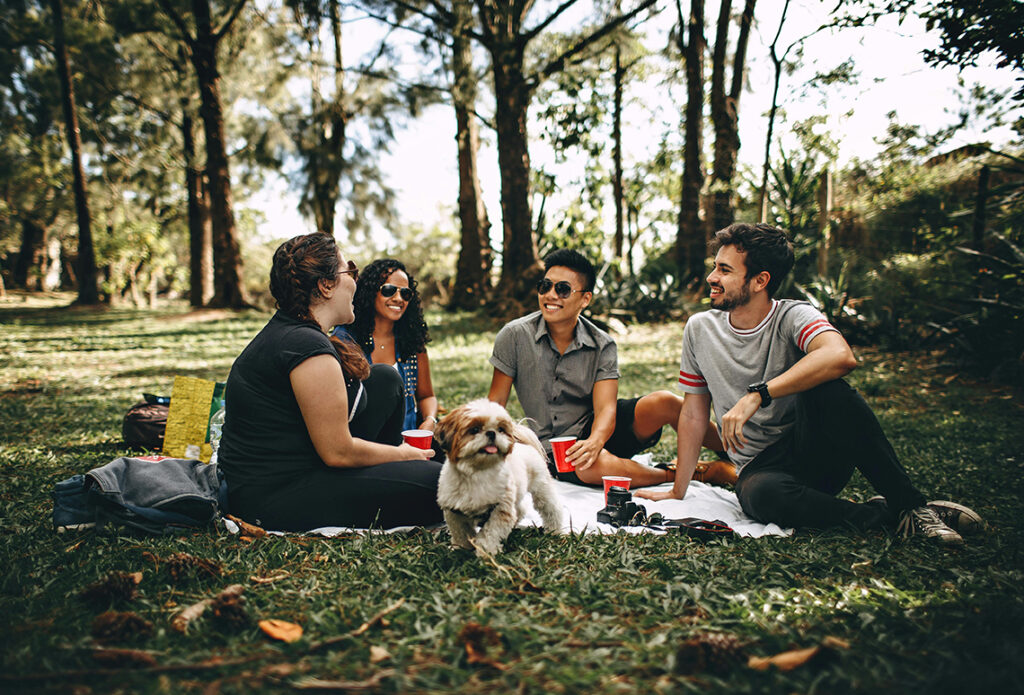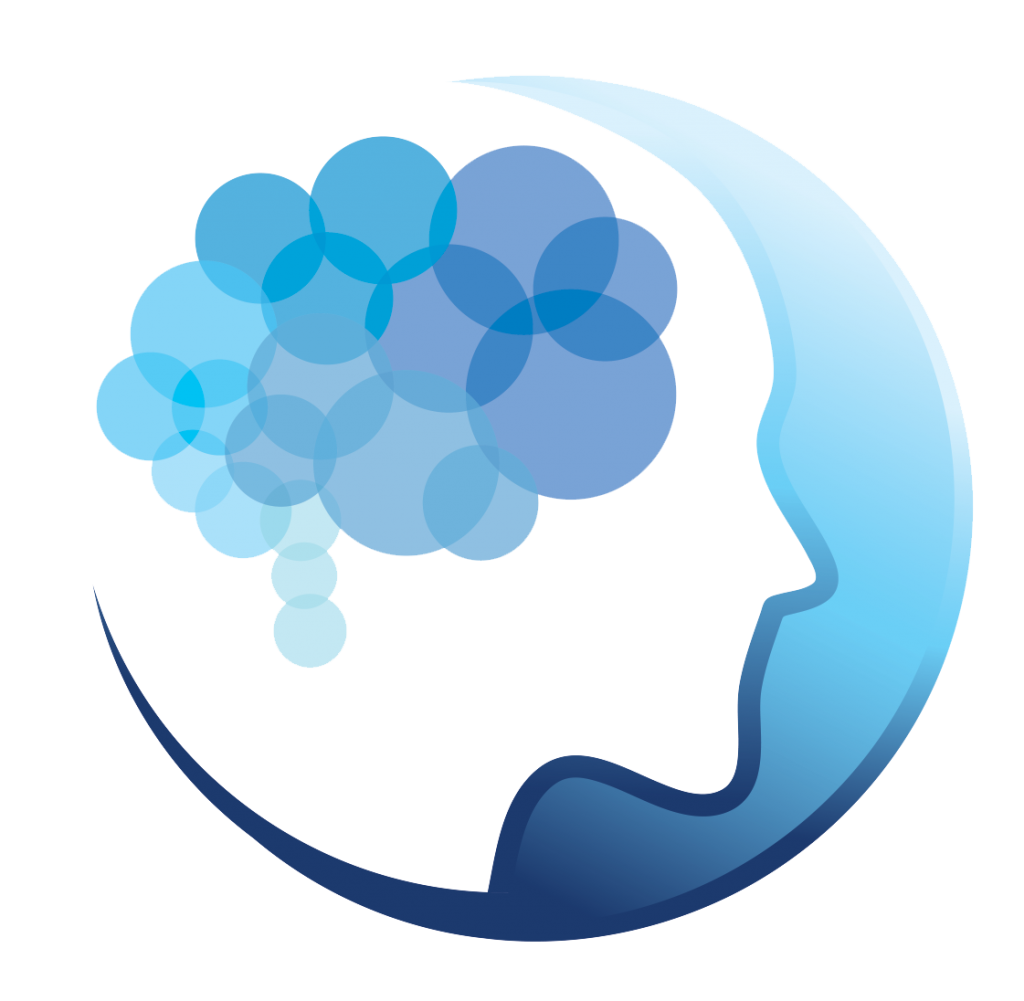Related Resources
For Brain Partnership
How to Partner with Your Brain to Create Healing
Delve into the mysteries of the amygdala, a crucial part of our brain that’s over 300 million years old. Named ‘Amy the Amygdala,’ this component plays a pivotal role in our emotional spectrum, influencing everything from joy to pain and focusing on survival. Dr. Kate unveils the intricacies of how the amygdala prioritizes threat detection over pleasure, setting the stage for the innovative ‘Healing in Your Hands’ program. This video is your gateway to understanding and collaborating with your amygdala, ensuring it recognizes safety in various situations.
Using Mindful Breath to Calm the Mind and Body
In this video Dr. Kate explores how breathing with intention reminds our amygdala that we have agency. Through breath work we are able to bring our calming nervous system online. Learn about the benefits of breath work in this engaging video.
Healing the Brain with Neuroscience and Gratitude
Dr. Kate Truitt explains that gratitude engages different brain areas that are really important for feelings of well-being and resilience. Then she explains that gratitude is a simple practice for helping our brain and our body know we are connected to the bigger world. We can teach our attentional system to choose prosocial, positive, and good-feeling stimuli.
A Self-Havening Daily Exercise to Set Your Day Up for Success
Self-Havening is a wonderful tool to help you feel calm, release anxiety, and build a positive sense of self. In this daily guided practice you will be empowered to find positive moments in your day to build overall wellbeing.
A Guided Meditation for Experiencing a Calming Night of Sleep
Experience deep relaxation and prepare for a peaceful night with this guided sleep meditation by Dr. Kate Truitt. Follow gentle breathing and soothing touches to calm your body and mind. Picture letting go of stress and embracing a calm state, setting the stage for a refreshing sleep.
Cultivating a Relationship With Your Inner Self Through Brain Partnership
By Dr. Kate Truitt
The clock strikes midnight, and the New Year begins—a moment brimming with hope, excitement, and the promise of new beginnings. Fireworks light up the sky, champagne glasses clink, and whispers of “this year will be different” echo across countless homes. It’s a time for setting goals, dreaming big, and stepping into the possibilities of who we can become.
But what if this year your resolution could go deeper than external achievements? What if 2025 became the year you rewired your brain for resilience—building a foundation that empowers you to navigate life’s challenges with strength, calm, and grace?
Resilience isn’t just about recovering from hardship; it’s about building the inner resources to not only endure challenges but to thrive because of them. Your brain has a remarkable tool to support this: neuroplasticity—its ability to adapt and rewire itself. Through neuroplasticity, your brain can create new pathways that foster joy, peace, and emotional balance, empowering you to not just navigate difficulties but to emerge stronger and more fulfilled.
Instead of focusing solely on external changes this New Year, let’s take a journey inward. Together, we’ll explore the science behind neuroplasticity and uncover actionable, neuroscience-backed techniques to help you:
- Calm the chaos of stress and worry,
- Rewire old patterns that no longer serve you, and
- Build the mental resilience needed to embrace your fullest potential.
The Neuroscience of New Beginnings

Think of your brain as a garden, with billions of neurons interconnected like a web of roots. Every thought you think, every habit you practice, and every experience you have acts like a gardener, tending to this neural landscape. Neuroplasticity is the process by which the brain prunes away old, unhelpful pathways while nurturing new, healthier ones.
Remember, your brain is a lifelong learner. Every moment offers an opportunity to create new pathways for joy, peace, and strength.
Each time we make a choice to approach life with curiosity, compassion, and courage, we are building and reinforcing the neural pathways that support resilience. This means that with intention and practice we can reshape the patterns that no longer serve us and create space for new, empowering habits and beliefs.
The Role of Stress & Trauma in Brain Wiring
While neuroplasticity is a powerful force for growth, it also explains why stress and trauma can feel so deeply ingrained. When we experience overwhelming stress, our brain’s survival systems emerge. Amy, the amygdala, the brain’s tireless protector, is at the center of this process.
Amy’s job is to keep us safe, scanning for danger and triggering survival responses like fight, flight, freeze, or fawn. While this system is invaluable in life-threatening situations, it can sometimes misinterpret everyday challenges, like a disagreement at work or a missed deadline, as threats. Over time, repeated stress can wire the brain into a hyper-vigilant state, making it challenging to stay calm, focused, or open to new experiences.
Imagine walking through a forest and encountering a tiger. Amy jumps into action, sending your body on high alert. Imagine if your brain starts seeing tigers everywhere, even where none exist, like in a crowded grocery store or during a tough conversation. This is how stress and trauma can create patterns that keep us stuck, reacting from a place of fear instead of responding with clarity and choice. Learn more about how amygdala prioritizes looking for threats instead of pleasure and gain a better understanding on how to collaborate with your brain in this psychoeducational video, which may also be accessed in the sidebar of this page.
The good news is these patterns aren’t permanent. We can rewire Amy’s responses through neuroplasticity, teaching her to differentiate between true danger and safe opportunities to grow. As we begin this New Year, we can use intentional practices to soothe Amy, create a sense of safety in our brain, and cultivate neural pathways that support resilience, joy, and peace.
Rewiring Your Brain for Resilience
Using the power of neuroplasticity, we can actively rewire our brains to respond to stress and adversity in ways that foster calm, clarity, and connection. Here are a few science-backed practices to help you get started:
- Mindful Breathing: Calming Your Nervous System
When life feels overwhelming, your breath is a powerful anchor. Mindful breathing helps soothe the nervous system, reducing the overactivity in stress-prone regions of the brain, like the amygdala. It’s a simple, accessible tool that creates space between stimulus and response, allowing your logical brain to guide your next steps. In this video, which is also in the sidebar of this article, I talk about how breathing with intention reminds our amygdala that we have agency.
- Mindful Touch Practices: Creating Safety Through Connection
Touch is one of the brain’s earliest signals of safety, and intentional gentle touch can help reinforce a sense of calm and well-being. Incorporating these practices into your daily routine can reduce stress, lower blood pressure, and even boost your mood by increasing the production of oxytocin, the brain’s “feel-good” chemical.
Try integrating simple actions like placing a hand over your heart during moments of stress or giving yourself a gentle hug by crossing your arms over your chest and slowly stroking your upper arms. These small gestures remind your brain that you are safe and supported, even in challenging moments.
- Gratitude and Visualization to Amplify Positive Emotions
Your brain has a natural negativity bias. It’s wired to focus on what’s wrong or threatening to keep you safe. While this is useful in survival situations, it can make it harder to notice the good in our lives. Gratitude and visualization are powerful tools to counterbalance this bias and rewire the brain for positivity and possibility.
Gratitude Practice:
- Write down three things you’re grateful for at the end of each day.
- Reflect on why each one matters to you, allowing yourself to savor the positive feelings they evoke.
Dive deeper through this video on how gratitude engages different brain areas that are really important for feelings of well-being and resilience.
Visualization for Resilience:
- Close your eyes and bring to mind a challenge you recently faced.
- Picture yourself navigating the situation with calm and confidence. Imagine the details: How do you feel? What do you say? How does your body respond?
- Practice this regularly to strengthen the neural pathways that support a resilient mindset.
By incorporating these techniques into your daily routine, you’re actively rewiring your brain for resilience and laying the groundwork for a life filled with greater calm, confidence, and connection.
Small Steps, Big Changes: Building Habits That Stick
Change doesn’t have to be overwhelming. The most lasting transformations come from the small, intentional shifts we make in our daily lives. These small steps may feel insignificant at first, but over time, they create profound neural changes, reinforcing pathways in your brain that support resilience, calm, and well-being.
Why Small Changes Matter
Think of your brain like a trail system in a forest. The paths you use most often become clear, wide, and easy to navigate, while the less-used trails begin to fade away. This is how habits form whether they’re empowering or limiting.
When you consistently make small, positive choices, you’re training your brain to prioritize these behaviors, strengthening the pathways that make them second nature. Over time, these tiny shifts accumulate into big changes, helping you build a life that aligns with your values and goals.
As we move into 2025, let’s focus on creating simple, sustainable habits that lay the foundation for a thriving brain and a fulfilling year.
Daily Practices for 2025
- Start Each Day with a Moment of Reflection or Gratitude
How we begin our mornings sets the tone for the rest of the day. Take a few moments each morning to reflect on what you’re grateful for or set an intention for how you want to show up in the world. This practice primes your brain to focus on positivity and possibility.
Example:
- As you sip your morning coffee or tea, ask yourself, “What am I grateful for today?”
- Write down one or two things, no matter how small like birds chirping or the warmth of your favorite blanket.
- Reflect on how these moments of gratitude make you feel, savoring the positive emotions they bring.
In this video I share a simple Brain Partnership to help you begin.
- Engage in Regular Physical Movement
Movement isn’t just good for your body. It’s essential for your brain. Even brief bouts of exercise increase the production of endorphins and support neurogenesis, the creation of new neurons.
Ideas for Movement:
- Take a 10-minute walk after lunch.
- Try a few minutes of stretching or yoga in the morning or before bed.
- Incorporate fun activities like dancing in your kitchen or playing with your pets.
The key is consistency. Regular movement helps reduce stress, boost your mood, and create neural pathways that prioritize energy and vitality.
- End the Day with a Calming Ritual
How you wind down in the evening plays a critical role in your overall well-being. By creating a calming bedtime ritual, you’re signaling to your brain that it’s time to rest and recharge, promoting better sleep and emotional regulation.
Evening Ritual Ideas:
- Dim the lights and put away screens at least 30 minutes before bed.
- Practice deep breathing or a gentle mindfulness exercise to release tension from the day.
- Write down three things you did well that day, reinforcing positive self-reflection.
A consistent nighttime routine helps your brain associate these behaviors with relaxation and safety, paving the way for restorative rest and a more balanced mindset.
Small, meaningful habits may feel like modest steps, but they hold the power to transform your life. By starting with just one or two practices and committing to them daily, you’re building a foundation for neural growth and emotional resilience. Over time, these habits become part of who you are—a living testament to the idea that even the smallest actions can lead to extraordinary outcomes. In this video I share a self-loving meditation for a relaxing and rejuvenating evening of sleep.
Becoming More Resilient for the New Year Ahead

While personal growth begins within, our resilience is amplified through connection and community. As social beings, we are inherently wired for relationships. The people we surround ourselves with play a vital role in shaping our well-being, offering support, inspiration, and opportunities for co-regulation—a powerful process where our nervous systems synchronize with others to promote calm and stability.
Connection and Community: The Power of Relationships
Have you ever noticed how a comforting conversation with a friend or a hug from a loved one can shift your mood entirely? That’s co-regulation in action. Through meaningful interactions, we help one another navigate stress, celebrate joys, and weather life’s challenges.
“We are wired for connection; sharing this journey with others strengthens our resilience.”
Building strong relationships not only nurtures our emotional health but also creates a ripple effect of resilience. Whether it’s a simple check-in with a friend, a shared laugh with a coworker, or joining a community group, every interaction reinforces the neural pathways that remind us we are not alone.
In 2025, let’s embrace the healing power of community by intentionally fostering connections that support our mental and emotional well-being.
Embrace the Year Ahead with an Empowered Brain
By focusing on creating a thriving, resilient brain, you’re not just setting goals. You’re cultivating a foundation for lasting well-being and personal growth. Each small, intentional step you take today plants seeds for profound transformation in the months ahead.
This journey isn’t about perfection. It’s about progress. By embracing the power of neuroplasticity, prioritizing meaningful habits, and leaning into the strength of your connections, you’re setting the stage for a year of healing, growth, and resilience.
Take a moment to reflect:
- What do you want to leave behind in 2024?
- What new habits, mindsets, or connections will you nurture in 2025?
Write these thoughts down. Share them with a trusted friend or loved one. Consider starting a journal to track your progress, celebrate your wins, and reflect on the lessons you learn. And if you ever feel stuck, remember that resources, tools, and community are always within reach to support your journey.
This year, let’s embrace every moment as an opportunity to grow. Let’s choose to let life’s challenges strengthen and empower us toward becoming our strongest and most inspired selves. Here’s to 2025: a year of resilience, transformation, and thriving.
References
- PsychCentral. (n.d.). How to build a healthy relationship with yourself every day. PsychCentral. https://psychcentral.com/lib/how-to-build-a-healthy-relationship-with-yourself-every-day
- Intelligent Change. (n.d.). Roots of being: Grounding in self-connection. Intelligent Change. https://www.intelligentchange.com/blogs/read/roots-of-being-grounding-in-self-connection
- Miller, K. (n.d.). Creating a positive relationship with our inner self. Kia Miller. https://offerings.kiamiller.com/blog/creating-a-positive-relationship-with-our-inner-self










